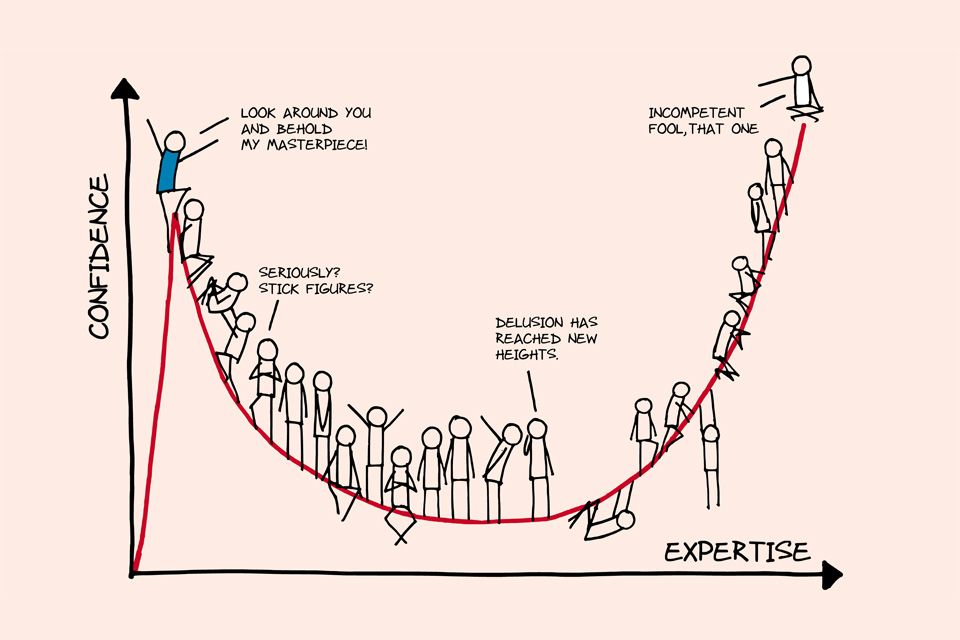Observation is a widely used method for collecting data in various fields such as research, science, and psychology. It is a non-intrusive method that allows researchers to gather information on natural behavior in a natural setting. The process of observation involves observing, recording, and analyzing the behavior or actions of individuals or groups. The goal of observation is to gain a deeper understanding of the subject being studied.
There are several types of observation methods, including:
-
- Naturalistic observation: This type of observation involves observing behavior in a natural setting without manipulation or interference. It is useful for studying natural behavior in the wild or in everyday life.
- Controlled observation: This type of observation involves manipulating or controlling certain aspects of the environment to study specific behaviors. It is useful for studying behavior in a controlled setting, such as a laboratory.
- Structured observation: This type of observation involves using a set of predetermined categories or criteria to record behavior. It is useful for studying specific behaviors or phenomena in a systematic way.
- Participant observation: This type of observation involves the researcher becoming a part of the group or community being studied. It is useful for studying cultural or social groups, and gaining a deeper understanding of the culture or community being studied.
- Unobtrusive observation: This type of observation involves the researcher observing the behavior of individuals or groups without their knowledge. It is useful for studying sensitive or personal behavior without interference.
To become good at observation, it is important to practice and develop certain skills, such as:
-
- Attention to detail: Observing all the details and being able to distinguish important information from irrelevant information.
- Objectivity: Remaining neutral and unbiased when observing, and not allowing personal beliefs or feelings to influence the observation.
- Recording skills: Being able to accurately record observations in a clear and organized manner.
- Analyzing skills: Being able to analyze and interpret the observations made in order to draw meaningful conclusions.
- Practice: Practicing your observation skills through different type of settings will help you to build confidence and understanding how to observe in different scenarios.
It’s important to note that it is beneficial to be self-aware when observing, and to be aware of any potential biases or assumptions that you may have. Additionally, it’s important to be aware of the context of the observation, and to be sensitive to the individuals or groups being observed.
It’s also important to note that in some fields, such as psychology and sociology, formal observation techniques, like structured observation or ethnography, may be used which requires additional training and expertise.
In conclusion, observation is an important method for collecting data in various fields, and developing the skills of attention to detail, objectivity, recording, and analyzing will help to become a better observer. Also, it’s important to be aware of potential biases and assumptions, and to be sensitive to the individuals or groups being observed.
